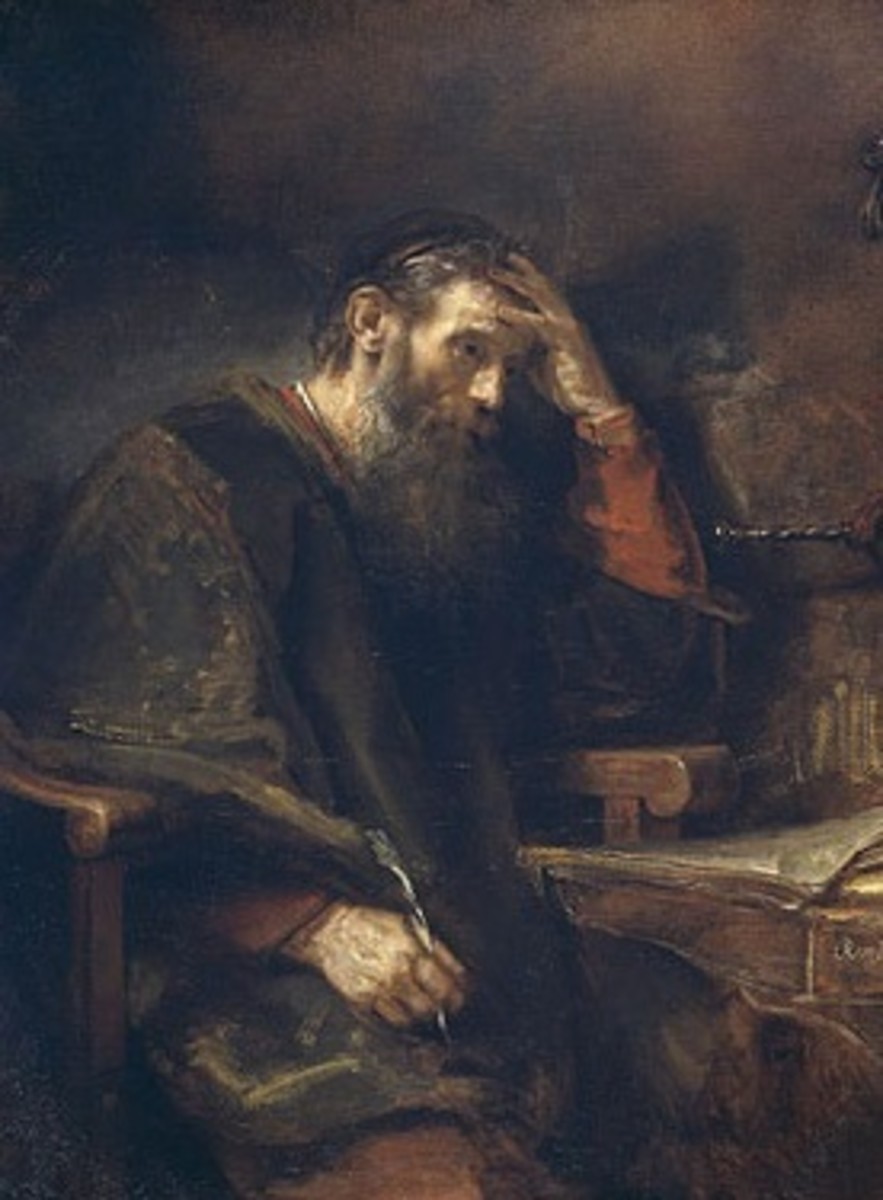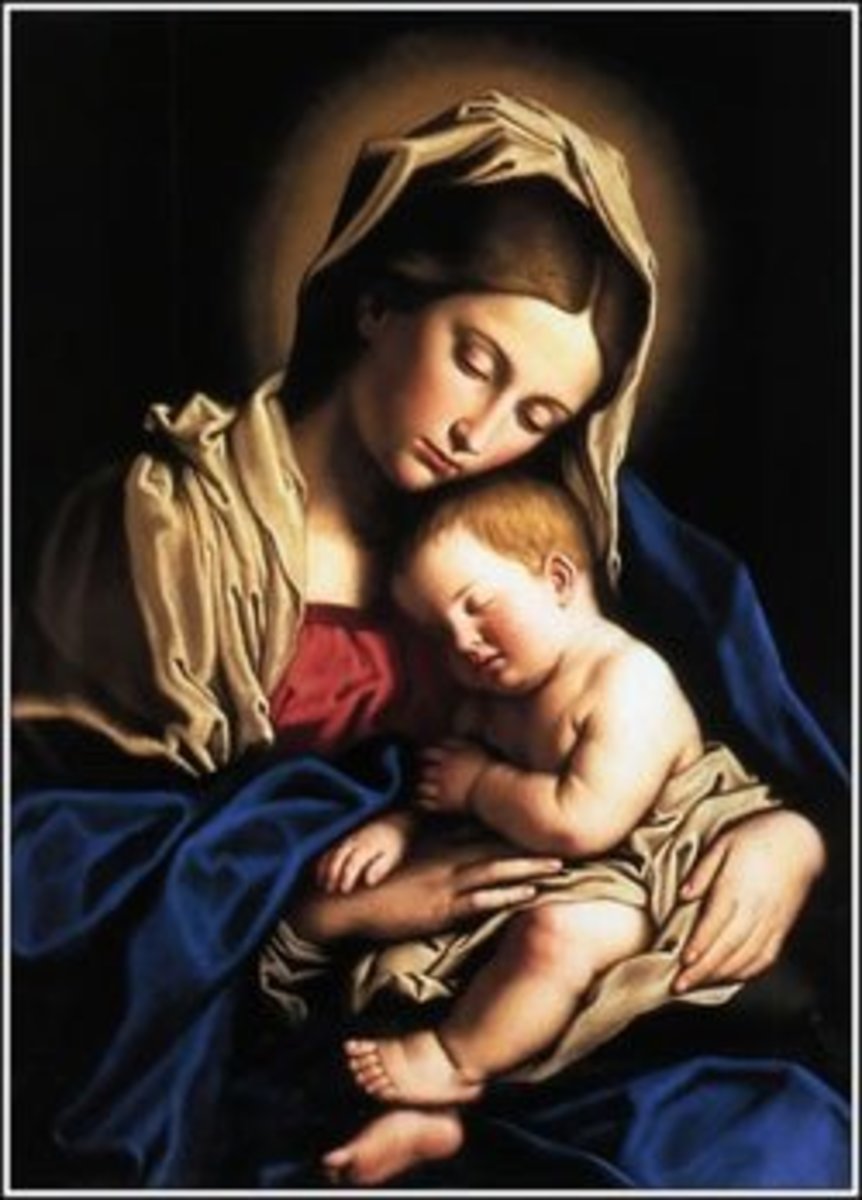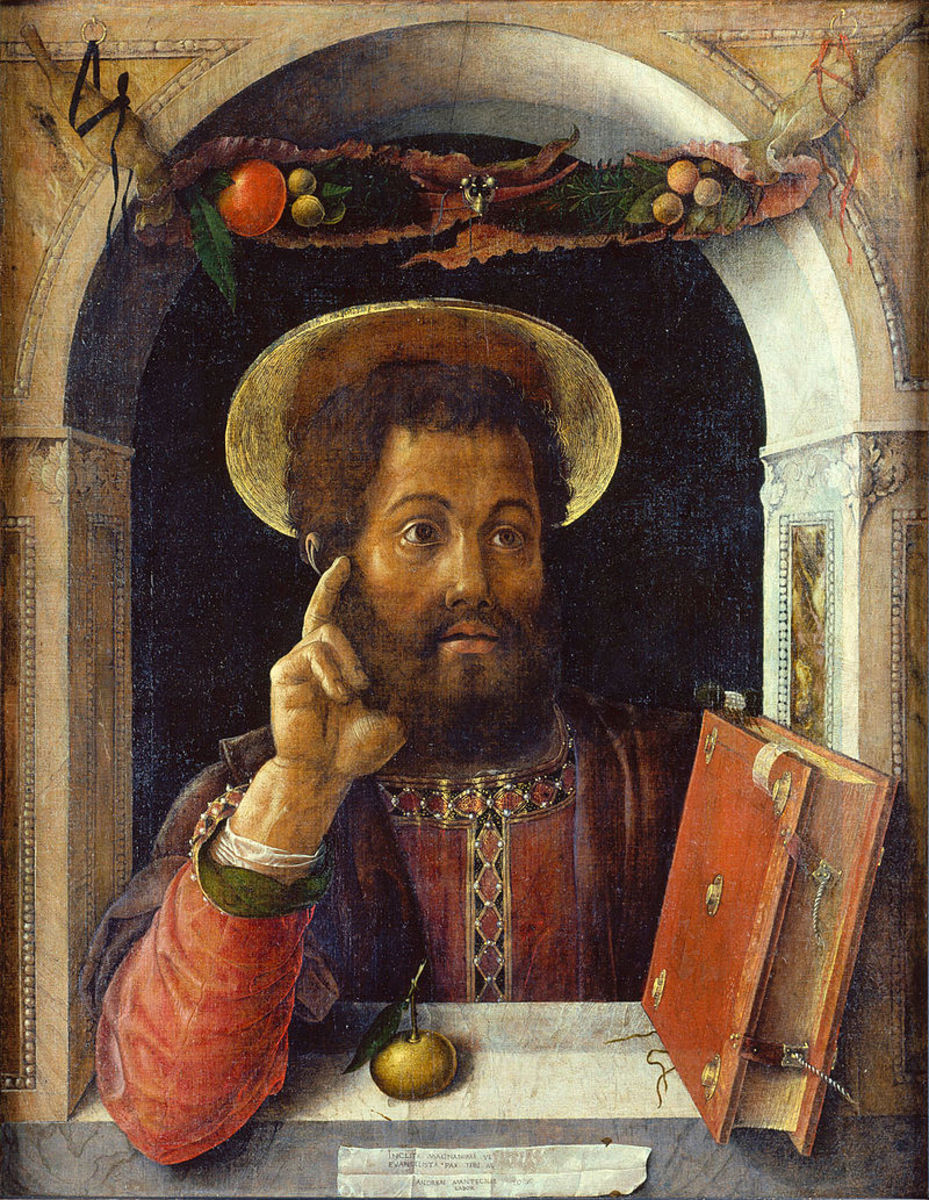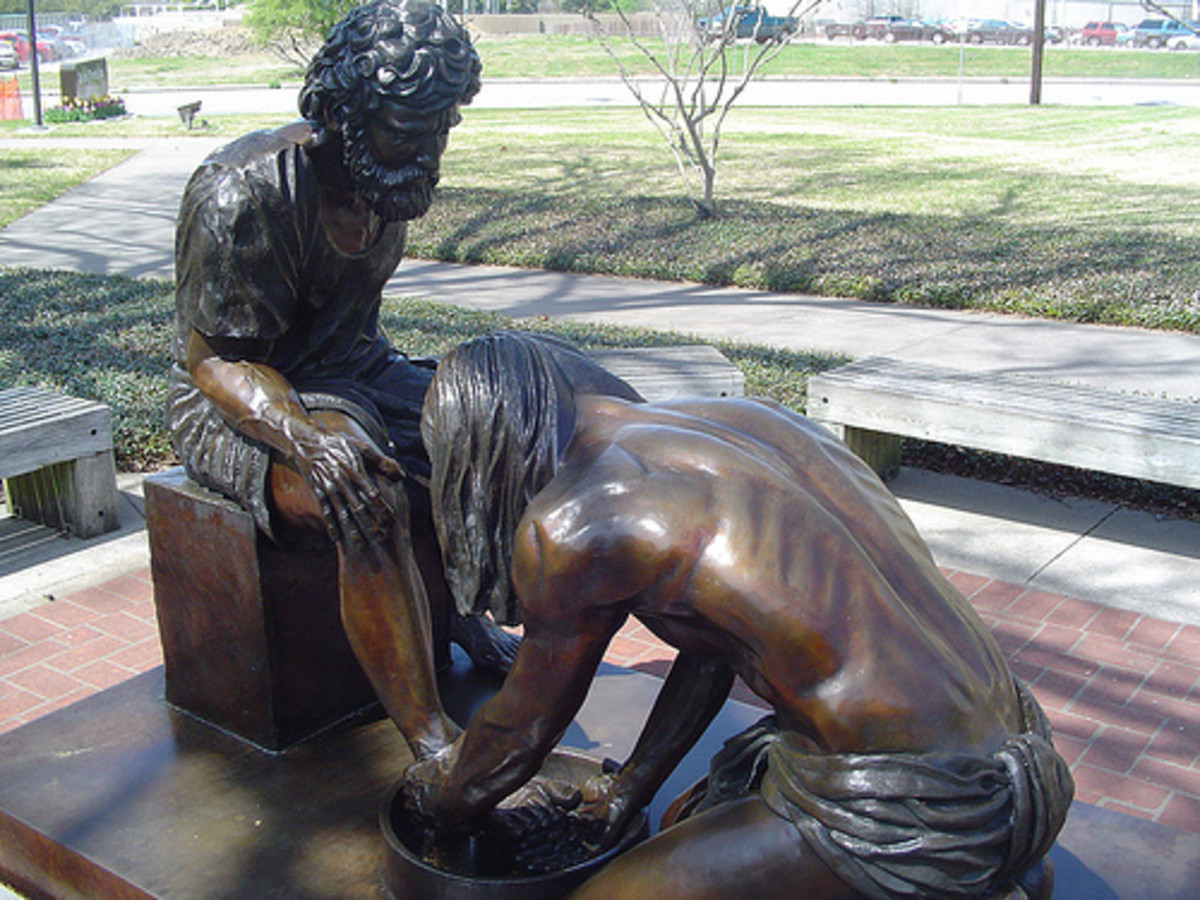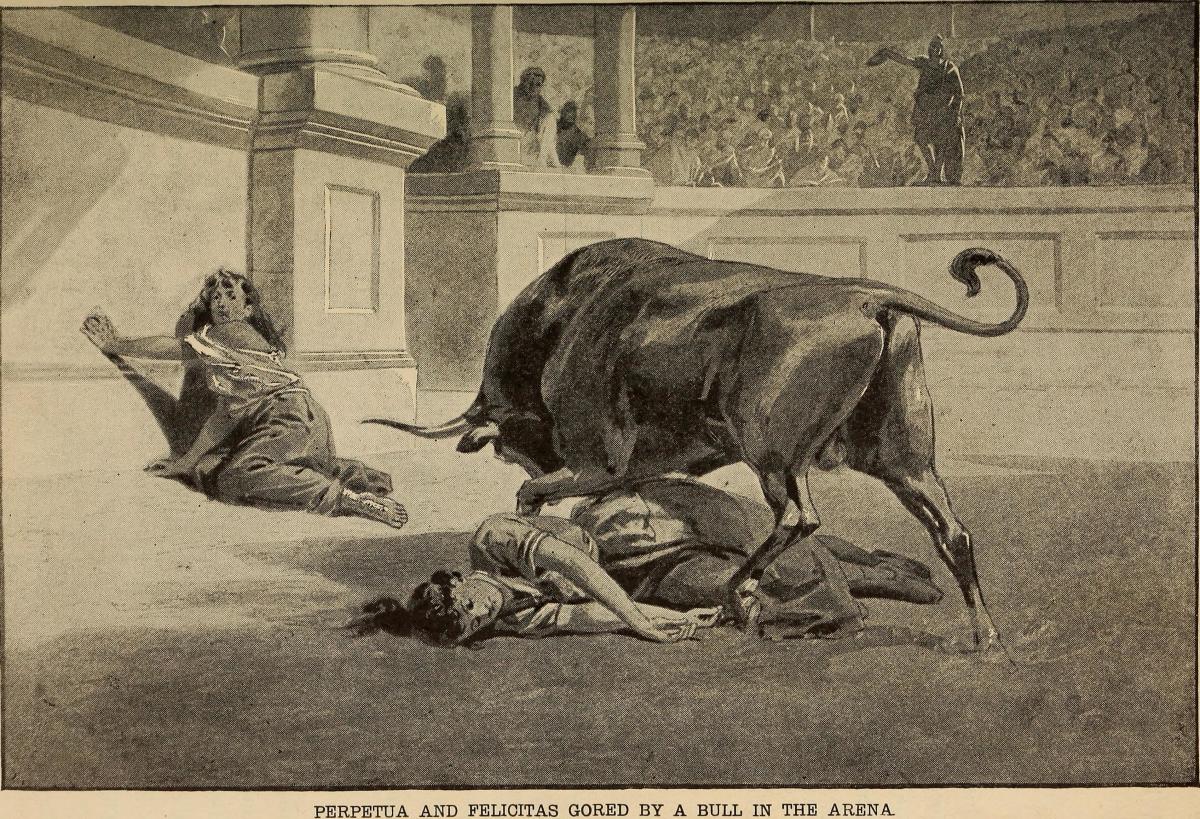Mary Magdalene-Apostle to the Apostles
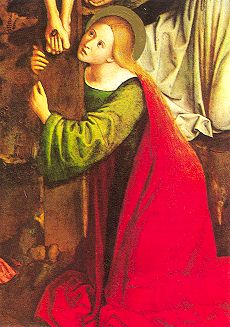
Misrepresented, Misunderstood
There are many Mary Magdalenes. People have painted her in many lights for thousands of years. She has been seen as a saint, penitent sinner, disciple, exorcist, anointer, Christian idealist, and apostle of apostles. Recently in movies such as in the Da Vinci Code, she has been depicted as matriarch of a holy bloodline.
There are only a dozen references to Mary Magdalene in the New Testament. Few offer insights of the facts and events of her life. Of the four accepted gospel accounts, none could write about her with consistency.
Mathew, Mark, and John mention she is at the Crucifixion. Luke is not explicit about this. Her presence at the resurrection is mentioned by Mark, Luke, and John but not Mathew. John mentions she “saw the stone already taken away from the tomb and then went to tell the disciples that “I have seen the Lord.” Mark says, “He first appeared to Mary Magdalene” and leaves it at that. Luke gives the most detailed account of the Resurrection but says that when Mary and the other women “announced all these things to the eleven and to all the others… their story seemed like nonsense and (the disciples) did not believe them.”
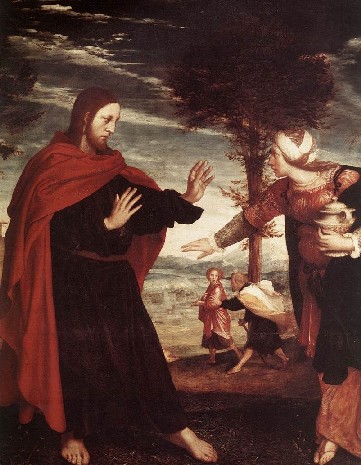
Albert Schweitzer described the quest for Jesus as looking down a well and describing the face you see down there as the face of Jesus, when of course it is only your own reflection. Another saying is “we see things not as they are, we see things as we are”.
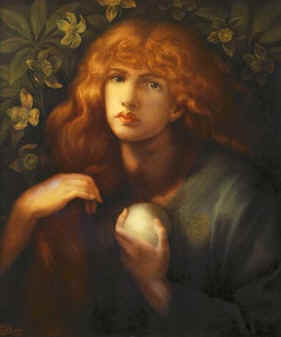
When we investigate the earliest available records we find conflicting images. The answer we find depends on where we look. The earliest account was written by Mark, about forty years after Jesus’ death. While the Roman soldiers were crucifying Jesus Mary Magdalene stood among a group of women watching and grieving, although the male disciples fled for their lives. Standing with Salome and Mary, the mother of James and Joseph, Mary Magdalene continued her vigil until Jesus finally died; later she and her friends saw his body wrapped carefully in strips of linen, entombed, and sealed in a cave cut out of rock. The morning after Sabbath, these women who had “followed Jesus and provided for him” came to offer their teacher the final service. They brought aromatic spices to complete his burial. Mark’s account now ends on a note of shock and confusion; finding the tomb open and the body gone, and hearing that Jesus “is not there; he has risen,” the women run away, shaking with terror, “for trembling and astonishment came upon them, and they said nothing to anyone, for they were terrified.”
Mathew changes the ending by saying that Mary and her friends did leave the tomb quickly but “with fear and joy.” Instead of intending to say nothing, they immediately run “to tell his disciples.” On their way Jesus met and spoke to them.
Luke initially omits Mark’s comment that Mary, Salome, and the other Mary “followed Jesus”. This statement would imply that the ladies were indeed disciples in that they “followed Jesus”. Luke contrasts the disciples with the “women”. whom he classifies as among the needy, sick, and crazed members of the crowds that pressed themselves upon Jesus and his disciples. Luke, unlike Mark, says that Mary came to Jesus driven by demonic spirits, and as only one among “some women who had been healed from evil spirits and from illnesses.”
When Luke tells the story of Jesus’ crucifixion and death, he changes three passages in which Mark had named Mary Magdalene, leaving her nameless in each of these stories, standing among an anonymous group he calls “the women.”
Only after the “women” testify about what they saw to the “eleven” (Judas had left) does Luke name the women. At this point, apparently, their “witness” matters to validate their testimony. He sees most prominently, Mary Magdalene, Mary mother of James and Joseph, and Joanna. We can only wonder why at times, like John, he speaks positively about women and why at other times, he denigrates Mary and downplays her role.
The very writers who picture Peter as the disciple whom Jesus acknowledges as being their primary leader—namely the authors of Mathew, Mark and Luke—are the same ones who picture Mary as no disciple at all. These are three of the gospels that came to be included in the canon of the New Testament—often invoked, even now, to “prove” that women cannot hold positions of authority within the Christian churches.
This also works in reverse: every one of the sources that revere Mary as a leader among the apostles was excluded from the New Testament canon.
The four gospels are not eyewitness accounts. They were written 35 to 65 years after Jesus’ death. These are a jelling of separate oral traditions that had taken form in dispersed Christian communities. The gospels of Mark, Mathew, and Luke date to about 65 to 85 and have sources and themes in common. The gospel of John was composed around 90 to 95 and is distinct.
When we read about Mary Magdalene, as when we are reading about Jesus, we are getting memory, not history—memory shaped by time, by shades of emphasis, and by efforts to make theological points.
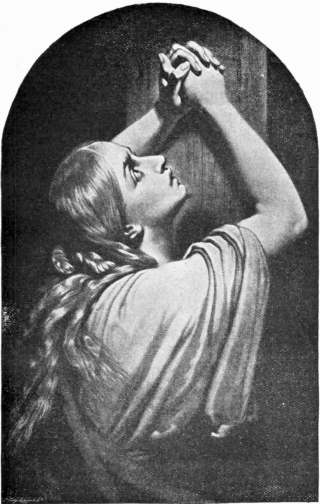
From of the gospel of Luke:
Now after this Jesus made his way through the towns and villages preaching, and proclaiming the Good News of the kingdom of God. With him went the Twelve, as well as certain women who had been cured of evil spirits and ailments: Mary surnamed the Magdalene, from whom seven demons had gone out, Joanna the wife of Herod’s steward Chuza, Susanna, and several others who provided for them out of their own resources.
Now at this point, Mary Magdalene is established as “who she is”. Next we read:
One of the Pharisees invited Jesus to a meal. When he arrived at the Pharisee’s house and took his place at the table, a woman came in, who had a bad name in the town. She had heard he was dining with the Pharisee and had brought with her an alabaster jar of ointment. She waited behind him at his feet, weeping, and her tears fell on his feet, and she wiped them away with her hair; then she covered his feet with kisses and anointed them with the ointment.
When the Pharisee who had invited him saw this, he said unto himself, “If this man were a prophet, he would know who this woman is that is touching him and what a bad name she has.”
But Jesus refuses to condemn her, or even to deflect her gesture. Indeed, he recognizes it as a sign that “her many sins must have been forgiven her, or she would not have known such great love.” “Your faith has saved you,” says Jesus, “Go in peace.”
This story of the woman with the “bad name” , the alabaster jar, the loose hair, the “many sins,” the stricken conscience, the ointment, the rubbing of feet, and the kissing would, over time, become the dramatic high point of the story of Mary Madalene. The scene would be explicitly attached to her, and rendered again and again by the greatest Christian artists. But even a casual reading of this text suggests that the two women had nothing to do with each other. The weeping anointer is no more connected to Mary of Magdala than she is to Joanna or Susanna.

In 591 Pope Gregory the Great delivered the now infamous sermon in which he conflated two other women—Mary of Bethany and the anonymous “woman in the city, who was the sinner” with Mary Magdalene. In one fell swoop, he delivered what is considered by many modern scholars to be the final blow in a series that saw women increasingly marginalized because of their perceived threat to the “one true faith.” His sermon cut off an ongoing discussion about Mary Magdalene’s identity at the same time and put her name in a box labeled “penitent sinner.” This box would not be opened again for 1,378 years. This judgment of Mary Magdalene as a prostitute and penitent became a reference point for Catholic theology. He declared that the reading from the pulpit on Mary Magdalene’s feats day, July 22, henceforth would be from Luke 7.
Pope Gregory also delivered a Homily in which he charged the faithful to follow this interpretation of the verse:
She whom Luke calls the sinful woman, whom John calls Mary, we believe to be the Mary from whom seven devils were ejected according to Mark. And what did the deviles signify, if not all vices?...
It is clear, brothers, that the woman previously used the unguent to perfume her flesh in forbidden acts. What she displayed more scandalously, she was now offering to God in a more praise-worthy manner. She had coveted with earthly eyes, but now through peitence these are consumed with tears. She displayed her hair to set off her face, but now her hair dries her tears. She had spoken proud things with her mouth, but in kissing the Lord’s feet, she now planted her mouth on the Redeemer’s feet. For every delight, therefore, she had had in herself, she now immolated herself. She turned the mass of her crimes to virtues, in order to serve God entirely in penance, for as much as she had wrongly held God in contempt.
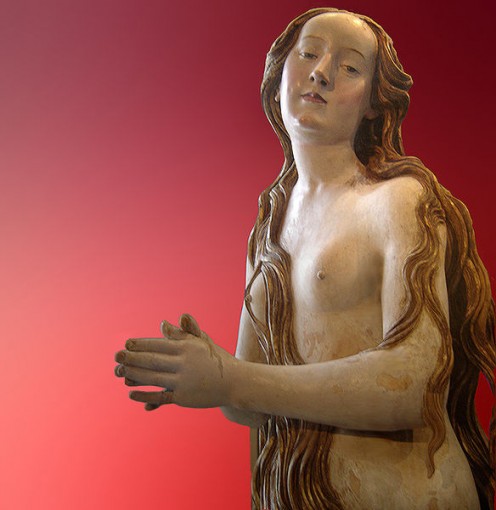
In great part because of pressure from within, the Vatican finally overturned this interpretation about Mary Magdalene in 1969, with neither an apology nor an official statement. The Second Vatican Council simply altered the reading for the feast day as part of a general reform of the church calendar regarding the way many saints were to be remembered. The Roman missal and the Roman calendar now directed the reading be changed from Luke 7 to the gospel of John, Chapter 20, verses 1-2 and 11-18.
1) The first day of the week cometh Mary Magdalene early, when it was yet dark, unto the sepulcher, and seeth the stone taken away from the spulchre.
2) Then she runneth, and cometh to Simon Peter, and to the other disciple, whom Jesus loved, and saith unto them, They have taken away the Lord out of the sepluchre, and we know not where they have laid him.
11) But Mary stood without the sepulcher weeping: and as she wept, she stooped down, and looked into the sepulcher,
12) And seeth two angels in white sitting, the one at the head, and the other at the feet, where the body of Jesus had lain.
13) And they say unto her, Woman, why weepest thou? She saith unto them, Because they have taken away my Lord, and I know nnot where they have laid him.
14) And when she had thus said, she turned herself back, and saw Jesus standing, and knew not that it was Jesus.
15) Jesus saith unto her, Woman, why weepest thou? Whom seekest thou? She supposing him to the gardener, saith unto him, Sir, if thou have borne him hence, tell me where thou hast laid him, and I will take him away.
16) Jesus saith unto her, Mary. She turned herself, and saith unto him, Rabboni; which is to say, Master.
17) Jesus saith unto her, Touch me not; for I am not yet ascended to my Father, and your Father; and to my God, and your God.
18) Mary Magdalene came and told the disciples that she had seen the Lord, and that he had spoken these things unto her.
Thereby Pope John Paul II reversed his predecessor and changed Mary Magdalene back from a repentant sinner to the Resurrection story—as well as in her own right.
Of course for thousands of years she was misrepresented. She was a propaganda weapon for the Catholic Church. She had not been naked for now she was naked and penitent. To aristocratic men she was a pin-up. You had people commissioning paintings and sculptures of her entirely nude. There have been hundreds of well-known artworks through the centuries.
There have been many movies to distort her image.
The musical Jesus Christ Superstar depicts her as a harlot.
Even in Dan Brown’s fiction she is reduced to a “vessel”.
Yesterday, and tomorrow she will be maligned.

Perhaps some women have thought that they were exercising their options to use their sexuality, while others think of prostitutes as victims. To some she was an independent woman making her own way in the world. Even though the prostitute identity is fiction and there is no scriptural basis for it, could some women look to her and think, “Well if Jesus loved her, he can love me”?
It’s unnecessary. Jesus loved prostitutes and other sinners. The fact remains there is nothing in the New Testament that identifies her as a prostitute.
Lies are lies and are of no use, especially when they maim.
There are more newly found “Gospels” that depict Mary Magdalene as more than how she is depicted by the “Four Gospels of the New Testament”. For her redemption we need not look at those.
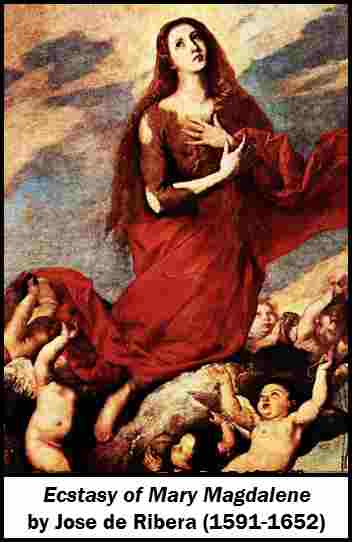
Who was Mary Magdalene? From the New Testament we assume she was from Magdala, her home town, a village on the shore of the Sea of Galilee. There is an argument against this. The town called Magdala was called Taricheae in Biblical times. Taricheae was destroyed in AD 67, and the town that was rebuilt on the old site on the shore of the Sea of Galilee was named Magdala Nunnayah (Aramaic for “Tower of the Fishes”). Josephus, a Jew who wrote the first draft of Jewish War in Aramaic, calls the town Taricheae, as does every other written record of the period prior to AD 70.
The prophetic passage from the Hebrew Bible, Micah 4:8-11, is the most likely source for the title of “the Magdalene”: “To you, O Magdal-eder, Watchtower of the Flock, shall dominion be restored.” The passage goes on to prophesy her exile and eventual rescue. “Nations will defile you” (Micah 4:11).
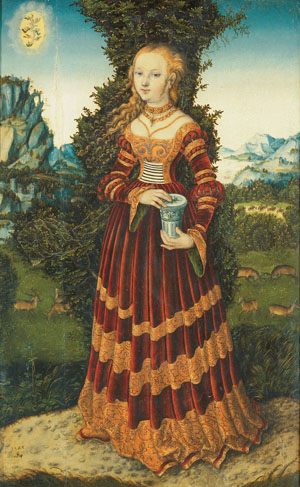
She was a leading figure among those attracted to Jesus. When the men abandoned him at the hour of mortal danger, she was one of the women who stayed with him, even to the crucifixion. She was present at his tomb. She was the first to whom Jesus appeared. She was the absolute first to preach the “Good News” of that miracle.
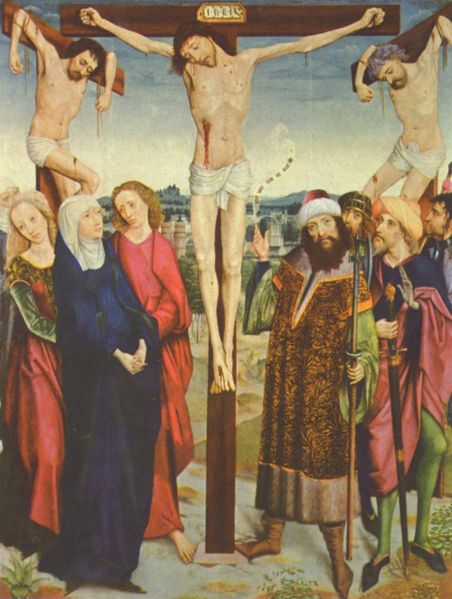
Secrets of Mary Magdalene
- Secrets of Mary Magdalene
Secrets of Mary Magdalene brings together world class experts from different faiths, backgrounds, and perspectives, to discuss the most thought-provoking new ideas and original thinking about Mary Magdalene.
Other gospels which remained unknown for nearly two thousand year were found near Nag Hammadi in 1945. An Arab peasant named Muhammad Ali al-Sammanrode his camel to the foothills near Nag Hammadi. While digging for fertilizer he discovered a jar about three feet high. He was disappointed to only find some papyrus paper inside. He tossed them where he kept his animals. His mother used some pages to light a fire. Other pages were bartered for cigarettes and fruit. Through antiquities dealers, black marketers, smugglers, and then scholars, they were finally recognized as a priceless library of Gnostic writings. There are thirteen codices, containing fifty two texts. They were originally recorded in Coptic in the fourth century but were translated from Greek originals dating from between the second and fourth century. These were translated into Coptic in Egypt. These were the Gospel of Mary Magdalene, the Gospel of Thomas, the Gospel of Philip, the Wisdom of Faith, and the Dialogue of the Savior. These unanimously picture Mary as one of Jesus' most trusted disciples. Other texts came to light in the eighteenth and nineteenth century but were not published until after the find at Nag Hammadi.
Thank You Lord
- Thank You Lord! 12-24-09
I just need to talk a few moments with You. You know I don't really get into this season. More often than not it really has been Xmas and not Christmas in my eyes. It's not that I don't adore Your gift. I do....
Dear God Its Mickey
- Dear God Its Micky
MD: God, this is MD. God: I know you. MD: God? Can I call you God? I know theres been this thing about your name. God: You can call me anything but late for dinner. MD: Quite a sense of humor...


